Local vs. Express
POSITIVE IMPACT OVER CONVENIENCE AND UNIFORMITY
If you live in or have visited an area with good mass transit systems (or even mediocre ones) you've probably ridden the "express train" (or bus). This is the faster option that bypasses all the local stops. There's something to be said for this convenience, but also for what you miss out on.
Watch a webinar playback on Buy Local.
The express train might take you to the heart of the city but the local train reveals the heartbeat of the city.
A random stop on the local line takes you to that hole in wall Laotian restaurant with that delicious Larb. The local bus ride lands you at the converted old factory that now houses a startup social enterprise that employees the formerly incarcerated to make print t-shirts. The local train stop is located near that regional coffeehouse chain where they rescue cats and allow them to roam free for a fun and calming atmosphere.
The local route is certainly less corporate. And it would be easy to just say you take the express train for convenience, uniformity, and speed. But like typical corporate spending behavior, the express route avoids a path with opportunities for tremendous social, economic, and community benefit.
No doubt convenience, uniformity, and speed are high priorities when it comes to corporate procurement. Before you board the express train, take a moment to investigate the alternatives and consider a different route – the local route.
It's likely when a corporation implements a buy local/shop small strategy, the common challenges are the FOUR Cs: Contracts, Chaos, Capacity, and Costs.
Contracts
One of the top barriers to local procurement for larger corporate entities is contracts that reward buying from corporate catalogs with national or global brands. There is a lot to be said for the guarantees of convenience, uniformity, and speed that such contracts enforce. There is nothing wrong with capitalizing on economies of scale.
Unfortunately, like most policies and contracts in corporations, compliance blinds us to opportunity. I’ve heard of procurement managers spending well over a year working with the corporate procurement team to get permission to buy from local vendors.
Even I have to admit that if I were standing on the platform waiting for the local train and it wasn't leaving the station for over an hour, I'd jump on that express pulling out in 5 minutes. It's no wonder so many sustainability initiatives die before they can ever really launch when policies and contracts put up such barriers.
Corporate contracts are tied to other institutional barriers:
difficulty in using information systems (just getting new vendors setup can be a nightmare)
compensation tied to contract compliance (you might not even get to speak to the right department if the management structure is financially incentivized to put up roadblocks)
complexity (any discussion of contracts necessitates the corporate legal team involvements, rounds of edits, and navigating terms and clauses that few can even understand).
The recommendation here is not "no contracts." But if you keep an open mind and view contracts through the lens of your corporate responsibility and sustainability goals, you might end up with more flexible agreements that facilitate innovation and sustainability in sourcing.
Chaos
This is a catch all term for dealing with entrepreneurs and startups. By their very nature, they are scrappy and strapped. They don't have legal staff, an Accounts Receivable department, Sales and Marketing teams. It's not uncommon that one person is doing all that in addition to running and growing the business.
And to make matters worse, they are often making it up as they go along. It's not to say they have no strategy or direction; it just means they tend to (out of necessity often) be more reactive and experimental in their approach.
One way this might play out is when you seek out a small/local alternative to a supply you currently source from a global conglomerate. Large companies have well-oiled marketing engines, massive salesforces, and budgets with which they can gobble up all the search words you can dream up to find their goods and services.
Small businesses lack the sophistication, prominence, or history to compete with that. Even if you do have an open mind, and you take the local train, you’d still need to know where to get off and how to navigate the neighborhood. Check out our blog on performing a Buy Local/Small Scavenger Hunt for some tips to find options.
This disorganization and lack of resources may come across as a absence of professionalism but make no mistake, entrepreneurs work tirelessly and have so much to offer! It's just hard to see this sometimes. I know this all too well - not only am I an entrepreneur with my own little scrappy endeavor here, but I've spent more than a decade mentoring social entrepreneurs.
Remember that on the flipside of this chaos is unbelievable nimbleness, creativity, and customization, not to mention amazing stories that add to your brand and sustainable procurement messaging.
Capacity
In this regard, I refer to speed, volume, and design. Smaller businesses tend to run on a slower timeline than their larger counterparts. The ethos of many small/local businesses, especially those in the food arena, is such that they themselves procure from local and slower supply chains. Because they want to maintain integrity to certain values, they have limited access to ingredients and resources needed to meet large orders.
A small firm will likely not have the facilities to accommodate orders from institutional buyers. And if your order is the breakthrough moment they've been waiting for, they need help quickly scaling production, delivery, quality control, and service.
Design and packaging can also be problematic when dealing with small vendors. In value-add food products, for example, most local businesses probably started out their production for sale at farmers markets, and if they were fortunate, they eventually branched out into some regional grocery chains. Their B2C design doesn't easily translate into a B2B scenario. Instead of a 4-ounce bottle of the sauce, you might be looking for a 114-ounce container. The difference in product formulation, packaging, and handling can be substantial.
Costs
This one is admittedly the toughest because products and services procured from local/small vendors are generally more expensive. The reasons for this are outlined in other challenges covered above.
Small businesses don't have the buying power to drive down costs on inputs or to negotiate good shipping rates. In the earlier months and years of a new product launch their pricing strategy might be designed to recoup initial investments. Many small/local vendors intentionally market to a higher socioeconomic customer that may not align with your target audience and budget.
To overcome the price barrier, you should first not assume automatically it will be more expensive. Do a little homework first. Then, take the full "costs" into account. If you include the overall carbon footprint (something firms will increasingly be expected to compute) and local social impact (job creation, tax revenue for infrastructure investments, etc.), you may come out way ahead with local options.
You should also consider the price differential you can pass on to the customer based on offering a more unique experience. And while it's harder to quantify, you may also realize some employee engagement benefits as a result of better support for the local community and economy.
How can you help?
Here are a few ideas for overcoming these four Cs:
Audit your procurement/vendors. Start with one department or with about 20 or so products most conducive to a switch. Investigate your current vendors to determine if they have programs that favor local supply chains. In areas where it's not feasible to switch, you might at least extract a better story and results within your current constraints.
Set a goal for purchasing (by dollars, units, volume, %, whatever works for you) to convert to small/local businesses. This will get these concepts on the radar of key decision makers and filter the expectations down to those who need to change their regular processes and behavior. Most importantly, be sure to adjust contracts to support this updated strategy.
Define what local means for your organization and how this fits into an overall sustainability strategy. This will help you prioritize. Looking for some help with these steps? Book a session with Aurora to dive into your Buy Local Strategy.
Perform a scavenger hunt to prompt some out of box thinking and to engage your team on the possibilities and importance of local procurement.
Set up partnerships - connect your aggregators or larger suppliers with local producers to create new products that blend the best of both worlds. This is a win, win, win - you gain access to differentiated and proprietary products, vendors further your loyalty, and a small business gains stability and resources needed to grow, scale, and create more jobs.
Prepare a business case for buy local. Be sure it's a triple bottom line analysis so you can get credit for social and environmental benefits.
And my personal favorite…
Start an entrepreneurship mentor / incubation program. Connect with potential vendors who don't quite make the cut but have potential. Executives in your organization can use their talents and skills in a 'give back' capacity. Structure this so each of your locations can explore and support small businesses in their area.
Go with the run-of-the-mill jam you see everywhere, or select on that reflect the flare and flavor of the region.
Here's what this could look like: Keisha sells her homemade jams at weekend farmer's markets. She probably changes flavors on a whim or based on what's in season or plentiful that year. She might even run the whole operation out of the kitchen in her house or a church basement! (if local food safety laws permit)
Paul is the F&B purchasing manager for a mid-sized hotel and loves Keisha’s product. He would much prefer offering guests Keisha’s jams over the standard national brand seen on just about every other hotel breakfast table in town. He knows he needs a regular supply, a certain degree of consistency, and to feel the order is risk free, relative to other options he has.
What if Paul connected Keisha with others in the hotel - the executive chef, the marketing director, the GM - to help her work on formulation for larger packaging (in a commercial kitchen or a co-packer), a stronger business plan she can take to a bank, a custom package and label for the hotel, and ideas for getting access to other local corporate buyers?
Imagine the possibilities when businesses who have enough buying power to move the needle for a fledgling enterprise are willing to step out and mentor entrepreneurs. If Paul's order enabled Keisha to go from employing 3 single moms to 10, think about what that means to those families!
Imagine the traveler starting her day reading the story of this partnership at the breakfast table over a delicious, seasonal jam. This would certainly put a smile on my face and further cement the experience of local hospitality I take away from this hotel.
Why doesn't this happen more often? People take the path of least resistance. It's much easier to take the express train and order jars of jam or bars of soap from an online catalog you've been using for years than it is to take the time to find local businesses that make the products you need, vet the product quality, build the relationship and trust with the founders/managers, and take on the risk of working with startups and under-served populations.
But the outcome is far better if you'll just board the local train and let it take you to new and better outcomes for your organization, your customers, and your community.



